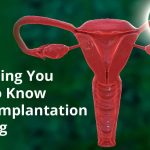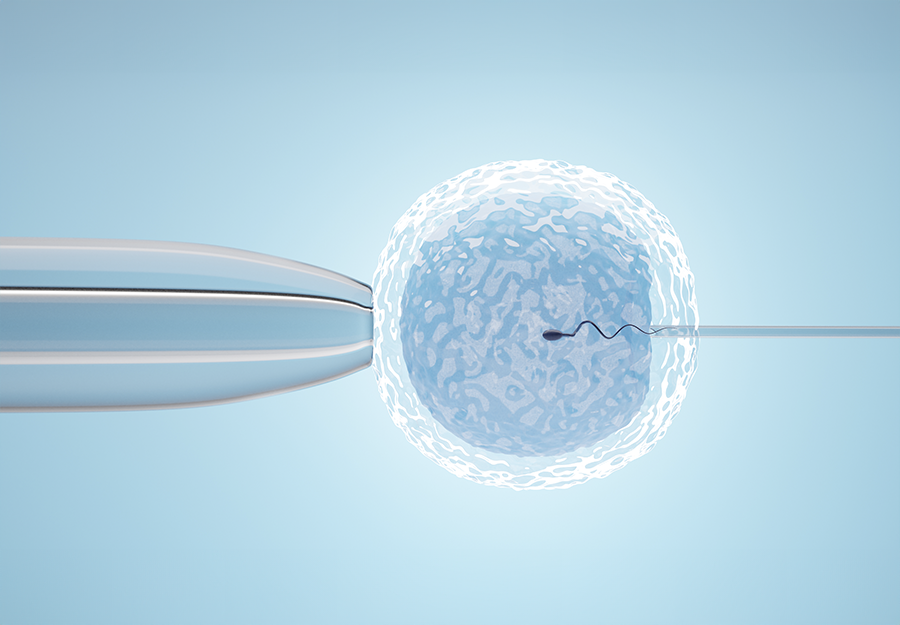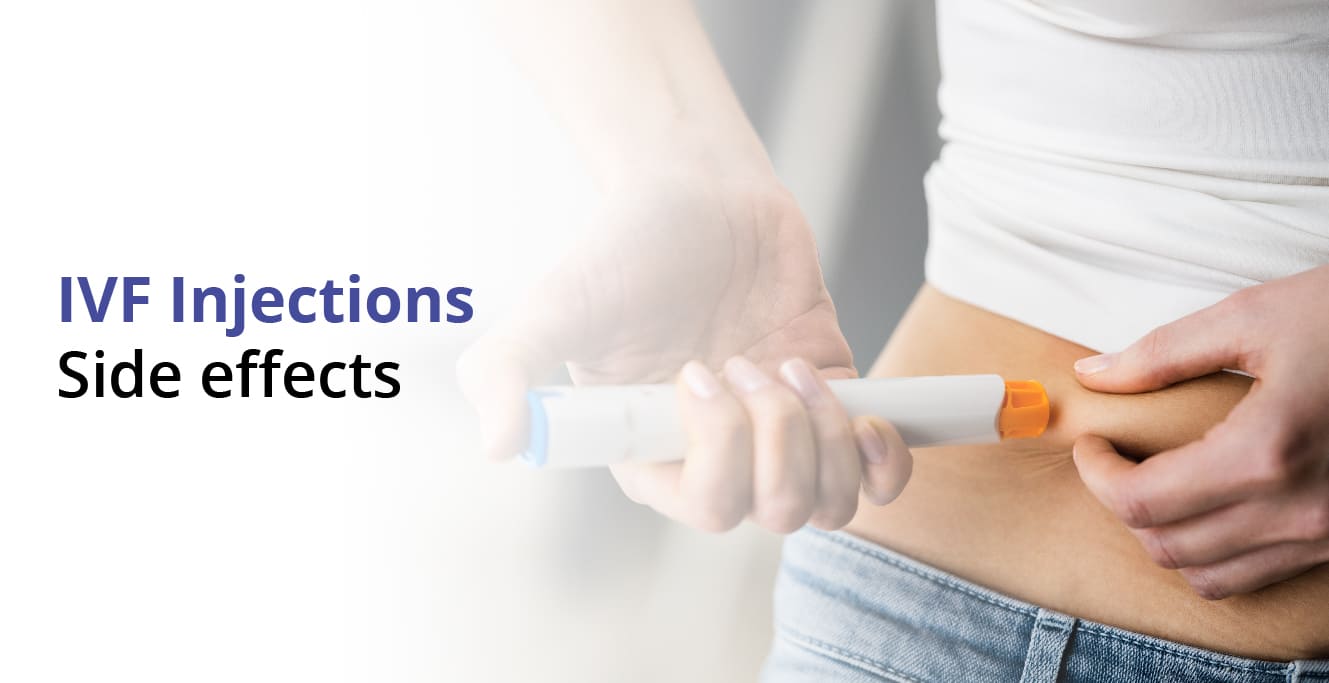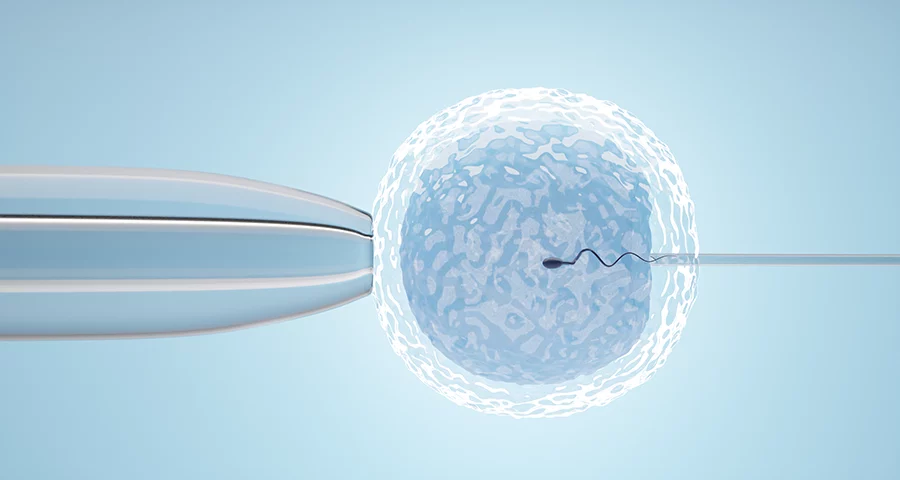
IVF Grants: Your Guide to Funding Fertility Dreams
April 6, 2025
The IVF Bill: What You Need to Know About This Game-Changing Legislation
April 6, 2025IVF Injections: Everything You Need to Know to Feel Ready
Hey there! If you’re reading this, chances are you’re either about to start IVF (in vitro fertilization) or you’re just curious about what those mysterious “IVF injections” are all about. Either way, welcome! This isn’t your average quick-read blog post. We’re diving deep—way deeper than most—into the world of IVF injections. Think of this as your ultimate guide, packed with stuff you won’t find everywhere else, plus tips, science, and a little bit of real talk from someone who gets it. Let’s break it down together, step by step, so you feel ready, not overwhelmed.
What Are IVF Injections, Anyway?
IVF injections are the shots you take to help your body get ready for the IVF process. They’re not just random needles—they’re packed with hormones that tell your ovaries, “Hey, let’s make some eggs!” Normally, your body only produces one egg a month, but with IVF, the goal is to get a bunch of eggs at once. More eggs mean more chances to create healthy embryos, which is the whole point of IVF.
These shots aren’t optional—they’re the backbone of IVF. You’ll be giving yourself (or having someone help you give) these injections daily for about 8 to 14 days, depending on your doctor’s plan. Sounds intense, right? It can be, but here’s the cool part: millions of people have done this and come out the other side with a baby—or at least a wild story to tell.
Why Do They Matter So Much?
The hormones in these shots—like follicle-stimulating hormone (FSH) or human chorionic gonadotropin (hCG)—are like coaches for your ovaries. They push your body to grow multiple eggs instead of just one. Then, when the time’s right, another shot helps those eggs mature and pop out so your doctor can grab them. It’s like a perfectly timed relay race, and the injections are what keep everything on track.
Fun Fact Most People Don’t Know
Did you know some women actually collect their used injection needles in a little jar as a keepsake? It’s like a badge of honor—a reminder of the journey. Weird? Maybe. But it’s a quirky little secret some IVF fans share in private forums.
The Different Types of IVF Injections
Not all IVF injections are the same. There’s a whole lineup of them, each with its own job. Let’s meet the main players so you know what you’re dealing with.
1. Follicle-Stimulating Hormone (FSH) Shots
- What It Does: This is the star of the show. FSH tells your ovaries to grow lots of follicles (those are the little sacs where eggs live).
- Common Brands: Gonal-F, Follistim, Bravelle.
- How It Feels: Usually a tiny pinch in your belly or thigh.
- Cool Tidbit: Some women say they feel a little “buzzy” after these—like their ovaries are waking up for a big party.
2. Luteinizing Hormone (LH) Boosters
- What It Does: Works with FSH to help your eggs grow strong. Sometimes it’s mixed into one shot with FSH.
- Common Brands: Menopur’s a big one here.
- Pro Tip: This one might sting a bit more because it’s a powder you mix with liquid before injecting.
3. GnRH Agonists or Antagonists
- What It Does: These keep your body from ovulating too early. Think of them as the gatekeepers making sure your eggs don’t jump the gun.
- Common Brands: Lupron (agonist), Cetrotide, or Ganirelix (antagonists).
- Secret Hack: Some people ice the spot first to numb it—game changer!
4. The Trigger Shot (hCG or Lupron)
- What It Does: This is the big finale. It tells your eggs, “You’re ready—time to go!” Your doctor grabs them about 36 hours later.
- Fun Fact: Some women swear they feel a little “pop” in their ovaries after this one, though science says that’s probably just their imagination.
5. Progesterone Shots
- What It Does: After your eggs are retrieved, this helps your uterus get cozy for an embryo.
- Where It Goes: Usually your upper butt cheek (yep, intramuscular!).
- Heads-Up: These can leave you sore—think post-workout vibes.
Quick Comparison Table
| Injection Type | Where It Goes | Job | Pain Level (1-5) |
|---|---|---|---|
| FSH | Belly or thigh | Grows eggs | 2 |
| LH | Belly | Supports egg growth | 3 |
| GnRH | Belly | Stops early ovulation | 2 |
| Trigger (hCG) | Belly or butt | Releases eggs | 3 |
| Progesterone | Butt | Preps uterus | 4 |
How to Give Yourself IVF Injections Like a Pro
Okay, let’s get real: sticking a needle in yourself isn’t exactly a hobby most people dream of picking up. But here’s the thing—you can do this, and you’ll get good at it fast. Let’s walk through it.
Step-by-Step Guide to Subcutaneous Shots (Belly or Thigh)
- Gather Your Gear: Needle, syringe, alcohol wipe, meds, sharps container. Lay it all out like you’re prepping for a science project.
- Wash Up: Clean hands = no infections. Simple but huge.
- Mix It (If Needed): Some meds come as a powder. Follow your nurse’s instructions—usually you’ll draw liquid into the syringe, squirt it into the powder, and swirl (don’t shake!).
- Pick Your Spot: About 2 inches from your belly button or the front of your thigh. Pinch the skin a little.
- Wipe It: Swipe the spot with an alcohol wipe and let it dry—wet skin stings more.
- Go For It: Hold the needle like a dart, aim at a 90-degree angle, and push it in quick. Press the plunger slow and steady.
- Pull Out & Toss: Take the needle out, toss it in the sharps container, and give yourself a high-five.
Intramuscular Shots (Butt Cheek Edition)
- Why It’s Trickier: Bigger needle, deeper shot. Most people get a partner or friend to help.
- How-To: Lie on your side, find the upper outer corner of your butt (your nurse might mark it). Same deal—wipe, stab, inject, done.
- Pro Tip: Walk around after to loosen up the muscle. Trust me, it helps.
✔️ Do’s and ❌ Don’ts
✔️ Do rotate your injection spots to avoid soreness.
✔️ Do use an ice pack before if you’re nervous—it numbs the sting.
❌ Don’t reuse needles. Ever.
❌ Don’t inject through clothes—sounds obvious, but stress makes us weird.
What Nobody Tells You
Some women turn injection time into a ritual. One mom I heard about dimmed the lights, played her favorite playlist, and treated it like a mini spa moment. Another said she’d bribe herself with a piece of chocolate after every shot. Find your thing—it makes a difference.
Does It Hurt? The Truth About IVF Injection Pain
Let’s not sugarcoat it: needles aren’t fun. But are IVF injections as bad as people think? Spoiler: not really. Here’s the scoop.
The Pain Scale
- Subcutaneous Shots: Most say it’s like a quick pinch or a mosquito bite. Over in 5 seconds.
- Intramuscular Shots: These sting more—like a deep poke—and the soreness can linger for a day or two.
- Trigger Shot: Somewhere in between, depending on the dose.
What Makes It Worse (or Better)
- Tension: If you’re freaked out, your muscles tighten, and it hurts more. Relaxing is key.
- Needle Size: Smaller needles (like for subcutaneous shots) = less ouch.
- Injection Site: Belly’s usually easier than the butt.
Real Talk from an Expert
Dr. Jane Frederick, a fertility specialist with decades of experience, once said, “The first shot’s always the hardest because it’s the unknown. By day three, most patients tell me it’s no big deal.” She’s right—your brain adjusts faster than you think.
Pain-Relief Hacks
- Ice It: Numbs the spot in 15-30 seconds.
- Warm It Up: For progesterone shots, warm the oil vial in your hands first—cold oil hurts more.
- Distraction: Watch a funny video or call a friend while you do it.
Side Effects: What’s Normal, What’s Not
IVF injections mess with your hormones, so yeah, you might feel some stuff. Here’s what to expect—and when to call your doctor.
Common Side Effects
- Bloating: Your ovaries are working overtime, so you might feel puffy.
- Mood Swings: One minute you’re fine, the next you’re crying over a dog commercial. Hormones, man.
- Bruising: Little purple dots at injection sites? Totally normal.
- Tiredness: Growing eggs is hard work— naps are your friend.
Rare But Serious (Call Your Doc!)
- Ovarian Hyperstimulation Syndrome (OHSS): Too many eggs can swell your ovaries. Signs: bad belly pain, nausea, rapid weight gain (like 10 pounds in a few days).
- Infection: Red, hot, or super painful injection site? Get it checked.
Latest Research Says…
A 2022 study in International Journal of Molecular Sciences found that about 1 in 10 women get mild OHSS, but severe cases are rare (less than 1%). Rest and hydration usually fix it, but your doctor might tweak your meds if it’s a risk.

The Emotional Side of IVF Injections
Here’s where it gets personal. IVF injections aren’t just physical—they hit you emotionally, too. You’re not alone if you feel this way.
The Rollercoaster
- Day 1: “I’ve got this!”
- Day 5: “Why am I doing this again?”
- Day 10: “I’m a warrior—or maybe just exhausted.”
What Nobody Talks About
Some women feel weirdly proud of their bruises—like battle scars. Others dread the shots so much they cry before every one. Both are okay. One woman I read about kept a journal of her feelings each day—she said it was like therapy.
How to Cope
- Buddy Up: Tell a friend or join an IVF group online. Sharing helps.
- Reward Yourself: Movie night after a shot? Yes, please.
- Breathe: Deep breaths before the needle goes in—it’s science-backed to calm you down.
Busting IVF Injection Myths
There’s a ton of nonsense out there about IVF injections. Let’s clear it up.
Myth #1: “They’ll Make You Gain Tons of Weight”
- Truth: You might bloat a little, but it’s temporary water weight, not fat. Most lose it after the cycle.
Myth #2: “They’re Super Dangerous”
- Truth: Side effects happen, but serious risks are rare with a good doctor watching you.
Myth #3: “You’ll Feel Them Working”
- Truth: You won’t feel eggs growing. Any “buzz” is probably just your mind playing tricks.
Insider Tips from IVF Veterans
I’ve peeked into forums and chats where real people spill their secrets. Here’s what they wish they’d known.
Little-Known Hacks
- Tape Trick: Put medical tape over the site after progesterone shots to stop oil from leaking out.
- Syringe Swap: Ask your doc if you can use insulin syringes for smaller doses—less pain.
- Smell Test: Some say progesterone oil smells like sesame—warm it up, and it’s less funky.
What They’d Do Differently
- “I wish I’d asked for help sooner—my husband was way steadier with the needle!”
- “I overthought it. Just do it quick and move on.”
The Science Behind IVF Injections: What’s New in 2025
Science doesn’t sleep, and neither does IVF research. Here’s what’s fresh as of March 23, 2025.
Latest Breakthroughs
- Custom Doses: A 2024 study in Reproductive Sciences showed tailoring FSH doses to your AMH (anti-Mullerian hormone) levels boosts egg quality. Ask your doc if they’re doing this—it’s not standard everywhere yet.
- Less Shots? Researchers are testing oral meds to replace some injections. Not here yet, but it’s on the horizon.
- Pain Reduction: New needle designs (thinner, sharper) are cutting discomfort by up to 20%, per a trial last year.
Expert Insight
Dr. Emre Seli from Yale Fertility Center said in a recent interview, “We’re learning how to make IVF gentler—fewer shots, better outcomes. It’s not perfect yet, but it’s close.” That’s hope right there.
Your IVF Injection Survival Kit
Ready to rock this? Here’s what you need to make it smooth.
Must-Haves
- Sharps Container: For safe needle disposal.
- Ice Packs: Numb the sting.
- Timer: Keep your schedule tight—consistency matters.
- Comfy Clothes: Loose pants for progesterone days—no tight jeans!
Nice-to-Haves
- Stress Ball: Squeeze it while you inject.
- Notebook: Track your shots and feelings—super helpful for doctor visits.
FAQs: Your Burning Questions Answered
Got questions? I’ve got answers—straight and simple.
“How Many Shots Will I Need?”
Depends on your cycle, but expect 20-90 total. Most are daily for 8-14 days, plus a trigger and progesterone.
“Can I Work Out During Injections?”
Light stuff like walking is fine, but skip the heavy cardio—your ovaries get big and twisty exercise can hurt.
“What If I Mess Up a Shot?”
Miss a dose? Call your clinic ASAP. Wrong spot? Usually no biggie—just don’t repeat it there.

Beyond the Needle: What Comes Next
Once the injections are done, it’s egg retrieval time, then embryo transfer. The shots stop (yay!), but progesterone might stick around to support a pregnancy. You’ve made it through the hardest part—now it’s a waiting game.
A Peek Ahead
- Egg Retrieval: Quick procedure, mild cramps after.
- Transfer: Easy—no shots, just a catheter and hope.
Let’s Talk: Your Turn!
IVF injections are a journey, and everyone’s got a story. What’s yours? Drop a comment below—did you find a trick that worked? Got a funny injection moment? Or maybe you’re just starting and want to vent. I’m here for it. Let’s keep this convo going—because nobody should feel alone on this ride.
